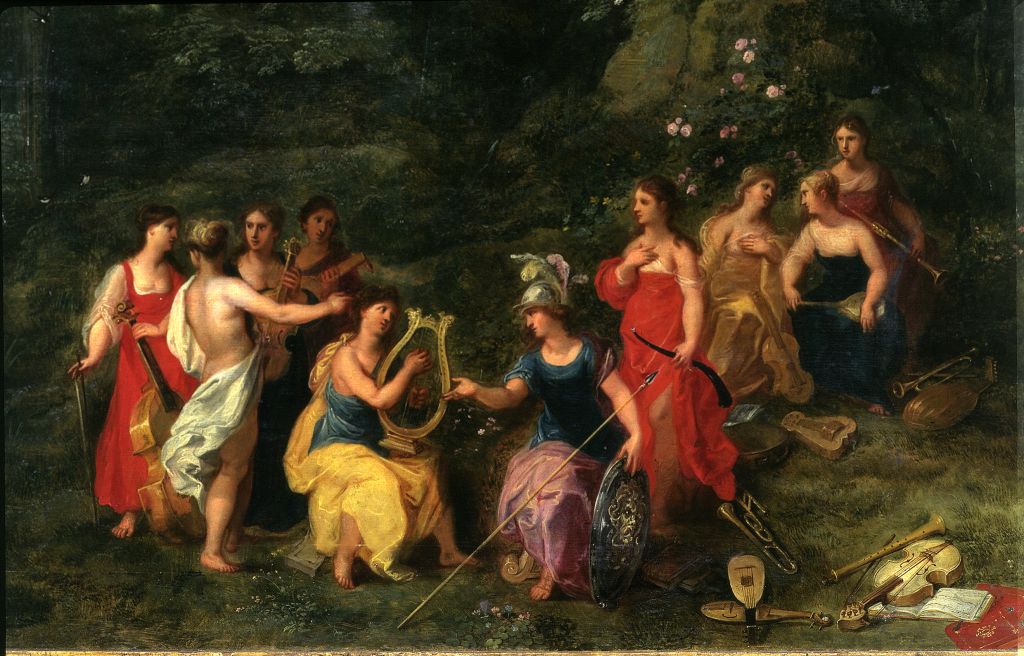by Jerry Camarillo Dunn, Jr. Here’s a useful technique for all kinds of writing, although it works particularly well for the travel genre.
Close your eyes. It’s dark now, like being in a theater when the lights go down. See the white screen inside your head and let it fill with a mental movie of a scene or incident from your travels. As the scene envelops you and details grow sharper, look around. What’s nearby?
Remember, your mind has not only an eye, but also an ear, a nose, and skin to take in what’s around you. Listen to people’s voices (kids giggling? cab drivers arguing?), smell the air (roses? diesel fumes?), see colors (sand, watermelon), and feel sensations (the Greek sun burning the tops of your bare feet).
When the movie ends – and it will naturally just fade out – it’s time to capture your impressions. Without coming out of your quiet state of recollection, jot down phrases that describe what you experienced, capturing the details before they fade. Later, these impressions will help you create a scene for your story.
Here’s an example from an article I wrote early in my career for the “Los Angeles Times” travel section, about buying inexpensive air tickets in Bangkok:
We were standing in front of “K. King’s Made-to-Order Suits and Travel Agency – Once Tried, Ever Trusted” at 119 Sukhumvit Road, quietly melting away in the sun like sticks of butter, when a round Sikh with black eyes and an electric blue turban leaned out of his shop.
“You want cheapest air fare?” he asked, his eyebrows shooting up and down suggestively like Groucho Marx’s. “Come in, come in! Call me Jimmy . . .”
My job as a travel writer was to make this encounter in Thailand come to life for the reader. To accomplish this, I mentally replayed my memory “movie,” wrote down the details, and employed them in writing the scene.
Here’s a promise: Use this technique, and you’ll soon be writing travel stories so real they jump off the page – and into the reader’s head.
Jerry Camarillo Dunn, Jr. teaches the SBWC travel writing workshop. His work has received three Lowell Thomas Awards, the “Oscars” of the field, from the Society of American Travel Writers.















